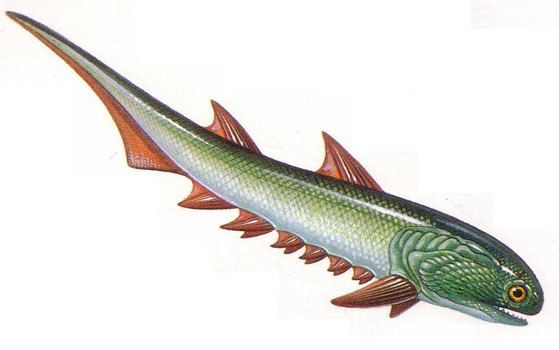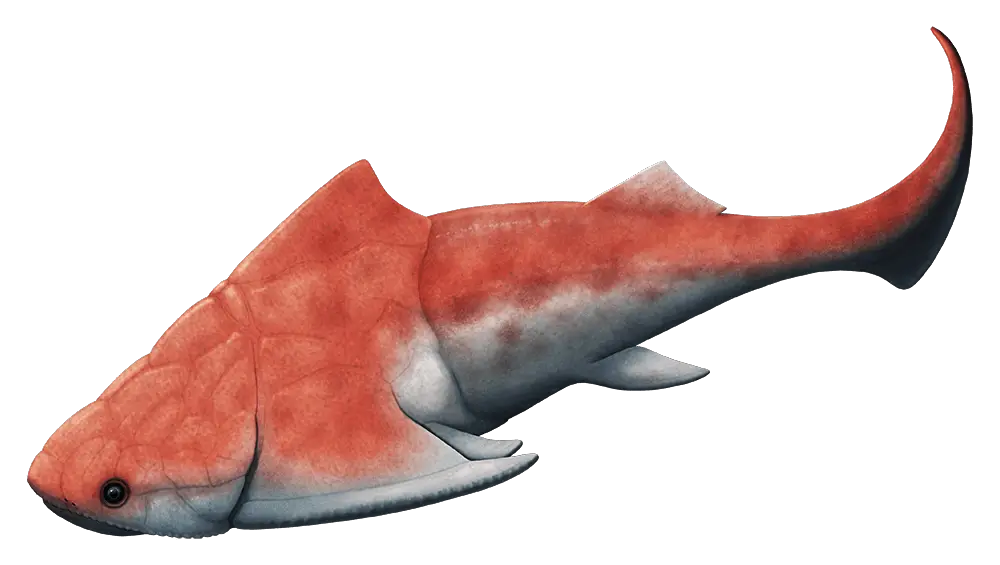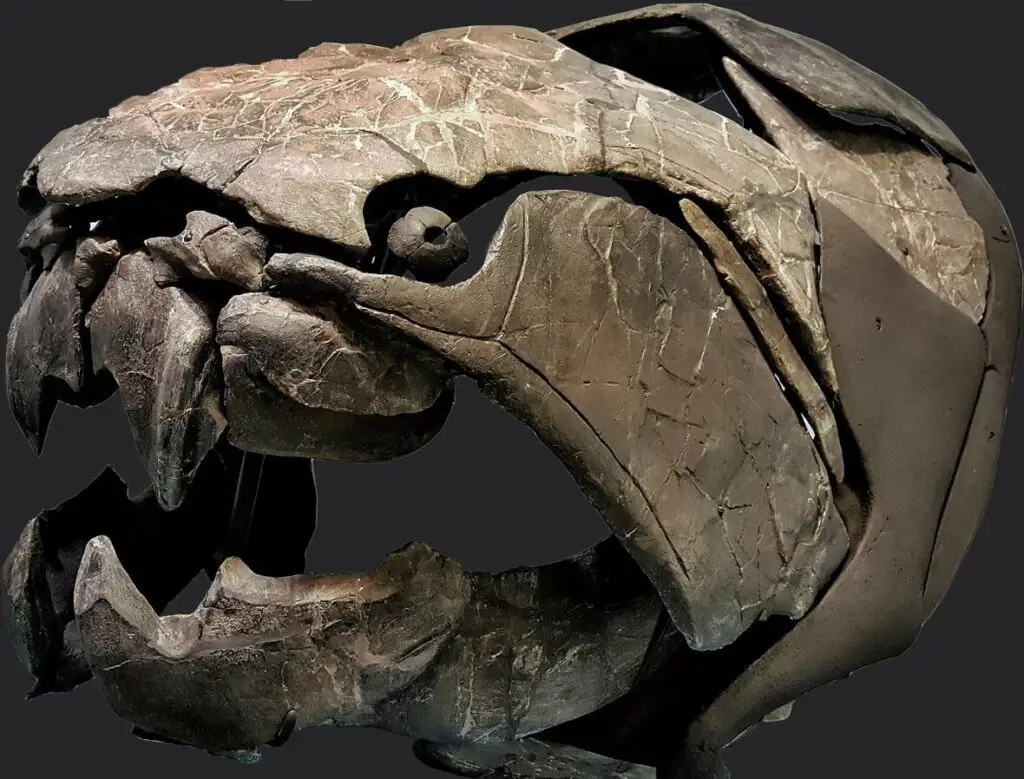In class Placodermi, we have placed all the primitive extinct jawed fish and they are divided into different subclass based on the similarities and dissimilarity among them. Different workers tried to classify class Placodermi in different ways but only a few of them get accepted among the science community and we will discuss the most updated scheme of classification of class Placodermi.
All members present in Placodermi are characterized by the bony exoskeleton which makes armor on their body. Placodermi has a hinged jaw, the jaw is supported by a modified gill bar, the paired fin and hinged strong jaw make them powerful predators but they did not persist a long time. In the Silurian period Placodermi arrive on our earth, they become dominant in Devonian and Carboniferous but in Permian they become extinct, due to their very less existence on our earth, workers give the words – ‘unsuccessful ancient experiment’ for the Placodermi.

Table of Contents
Classification of Placodermi:
Subclass Acanthodii:
- They were the first Placodermi arrived on our earth, they show great resemblance with Ostracoderms in external appearance.
- The body of Acanthodian is armoured by the bony exoskeleton which are jointed at a movable point.
- Between pectoral and pelvic fin some stout spine like structure present in pairs, due to presence of those spiny structure Acanthodii are also known as “needle finned shark” or “spiny shark”.
- On external appearance they was look like shark, they were aggressive predator, tail was heterocercal.
- Acanthodian were generally freshwater, they become extinct in lower Devonian.
- Climatius and Acanthodes are some important members of the subclass Acanthodii.
Subclass Arthrodira:
- In Arthrodira we can see a special type of protective shield like endoskeletal structure on their head which makes a strong cranial roof.
- In Arthrodira the trunk part show scales in some species, in some species the trunk is partially covered by bony exoskeleton.
- Members of subclass Arthrodira have an elongated body with whip like slender long tail.
- In Arthrodira we can see operculum for first time, the operculum cover the branchial arches.
- Due to their body shape they were swift swimmer which makes Arthrodira powerful predator.
- Mylostoma, Croccosteus, Arctolepis, Dinicthys are some important members of the subclass Arthrodira.

Subclass Petalichthyida:
- Members of the subclass Petalichthyida show very close resemblance with the primitive elasmobrach.
- Some structure in Petalichthyida like tribasal pectoral fin, shoulder girdle are very much similar with primitive elasmobrach.
- Members of Petalichthyida are bottom deweller, they neurocranium is flattened and the mouth present ventrally.
- Some important examples of the subclass Petalichthyida are, Lunaspis and Macropetalicthys.
Subclass Pterichthyomorphi:
- They were present during Devonian period and their body size was small, they are freshwater Placodermi.
- The sac like lungs which are connected with the pharynx is their special feature.
- The spiral valve present in them, mouth present ventrally, the mouth present on the head very close to each other dorsally.
- The tail of the subclass Pterichthyomorphi are completely covered by scales.
- Some important examples of this subclass are Microbrachius, Bothriolepis, Ceraspis.
Subclass Rhenanida:
- Members of subclass Rhenanida are shown great similarity with rays in external appearance, their body shape is dorso-ventrally flattened and the head is broad.
- The body is covered by bony plates like armour and the bony plates have small denticles.
- Spiracle absent and the gills are covered by operculum, pectoral fins are large, the large sized pectoral fins are supported by elongated radials.
- Some important examples of this subclass are Gogorina, Asterostens, Gemuendina.

Subclass Paleospondylia:
- In this subclass we can see dorso-ventrally flattened skull and the vertebral column is completely made of bone.
- The vertebrae present on the posterior side of their body have well developed central, neural arch and haemal spine.
- The body is covered by bony armour completely and the tail is heterocercal.
Reference Class Placodermi General Characteristics Classification Phylogeny
Detailed Study On
Characteristics Features of Placodermi
Classification of Cyclostomata
Characteristics Features of Cyclostomata
Economic Importance of Petromyzon
Nervous System and Excretory System of Petromyzon
Respiratory System and Circulatory System of Petromyzon
Digestive System and Feeding Mechanism of Petromyzon
Anatomy of Petromyzon (Lamprey)
Hi Everyone!!! Welcome to Imaluop. Imaluop always try to learn some new and he want to share to other people. Here we will try to learn various topics on Science, specially on Biological Sciences.
